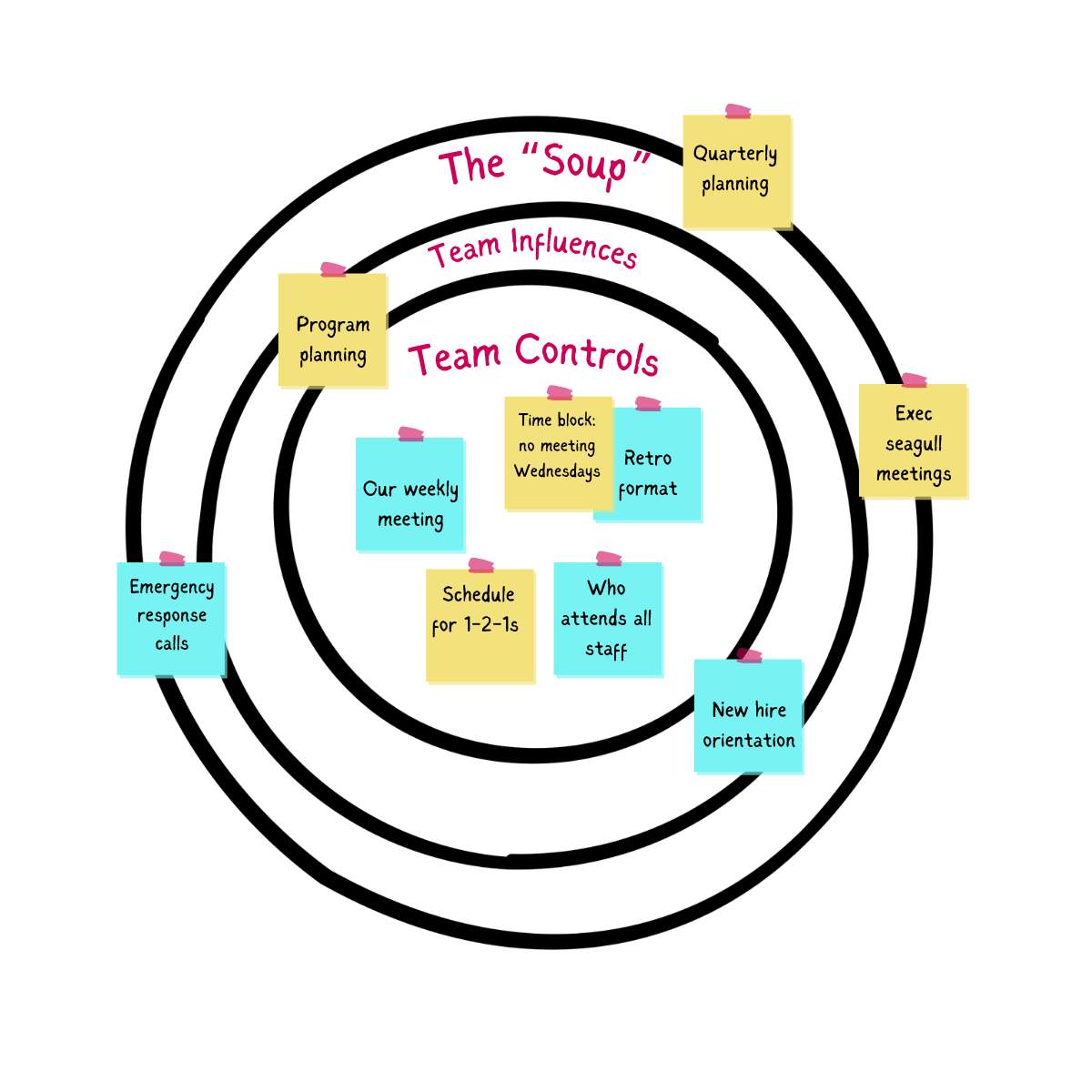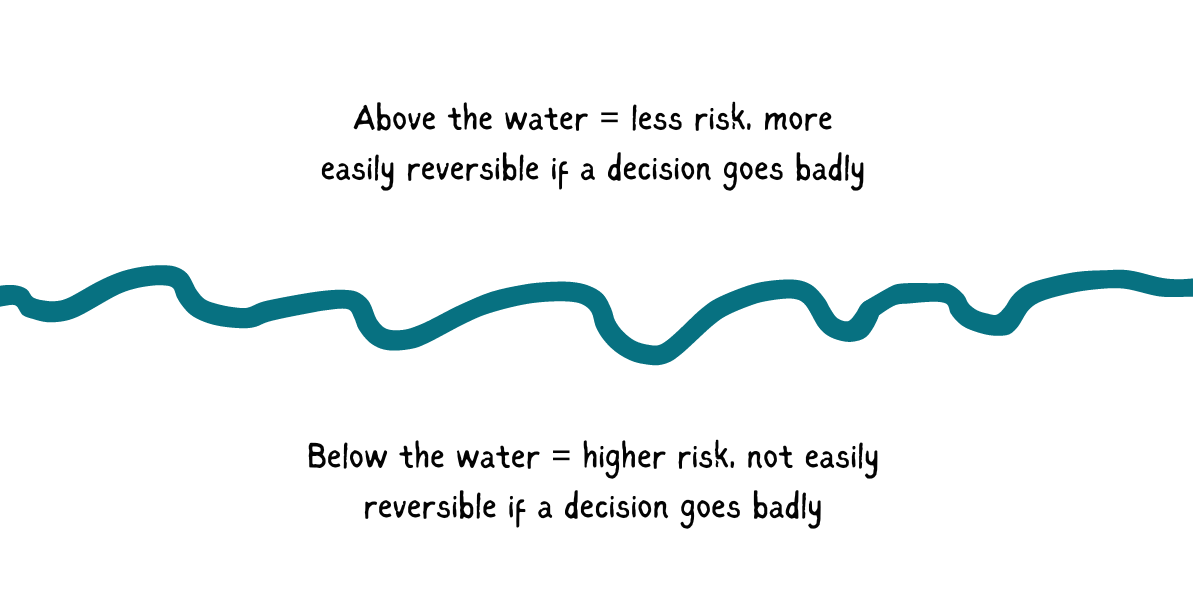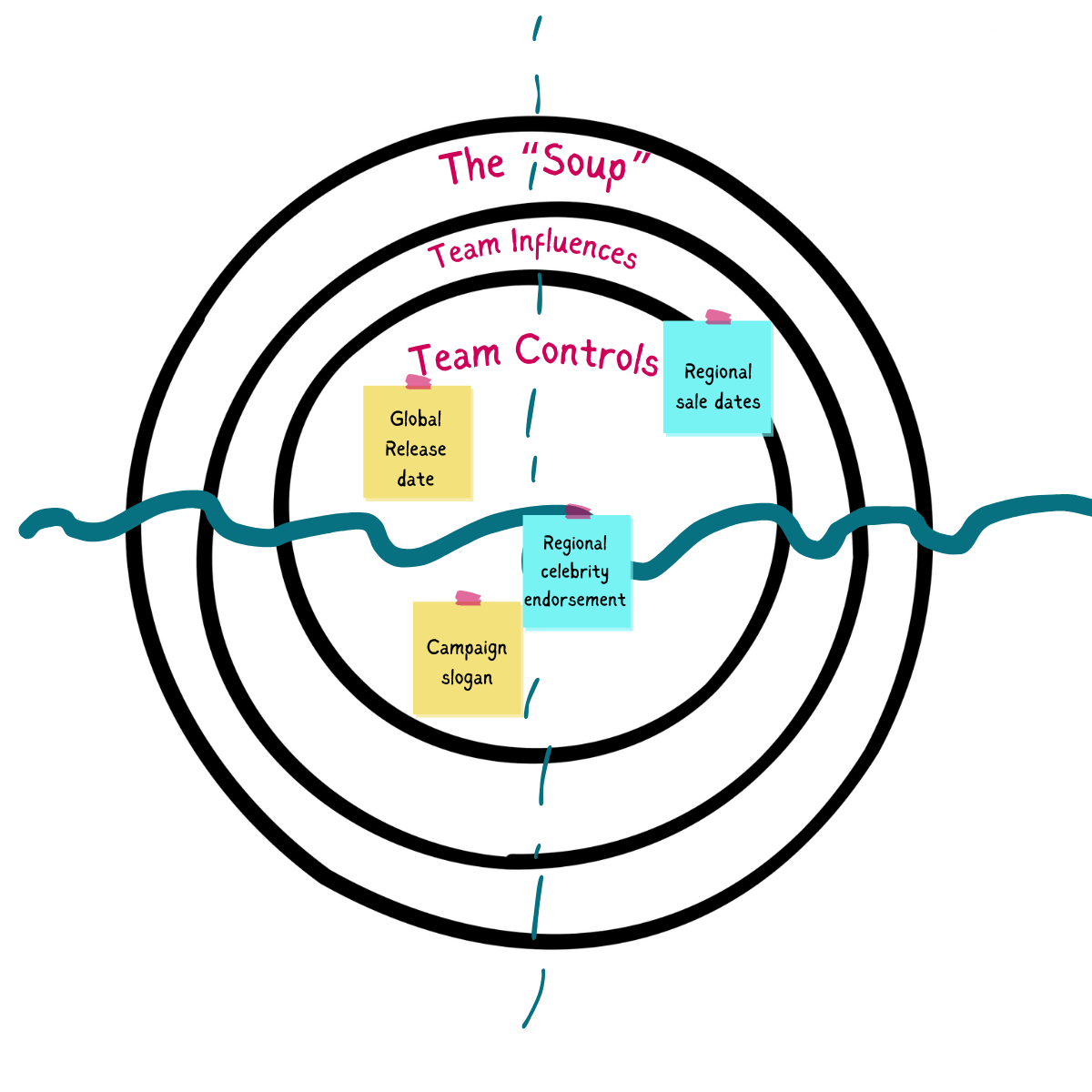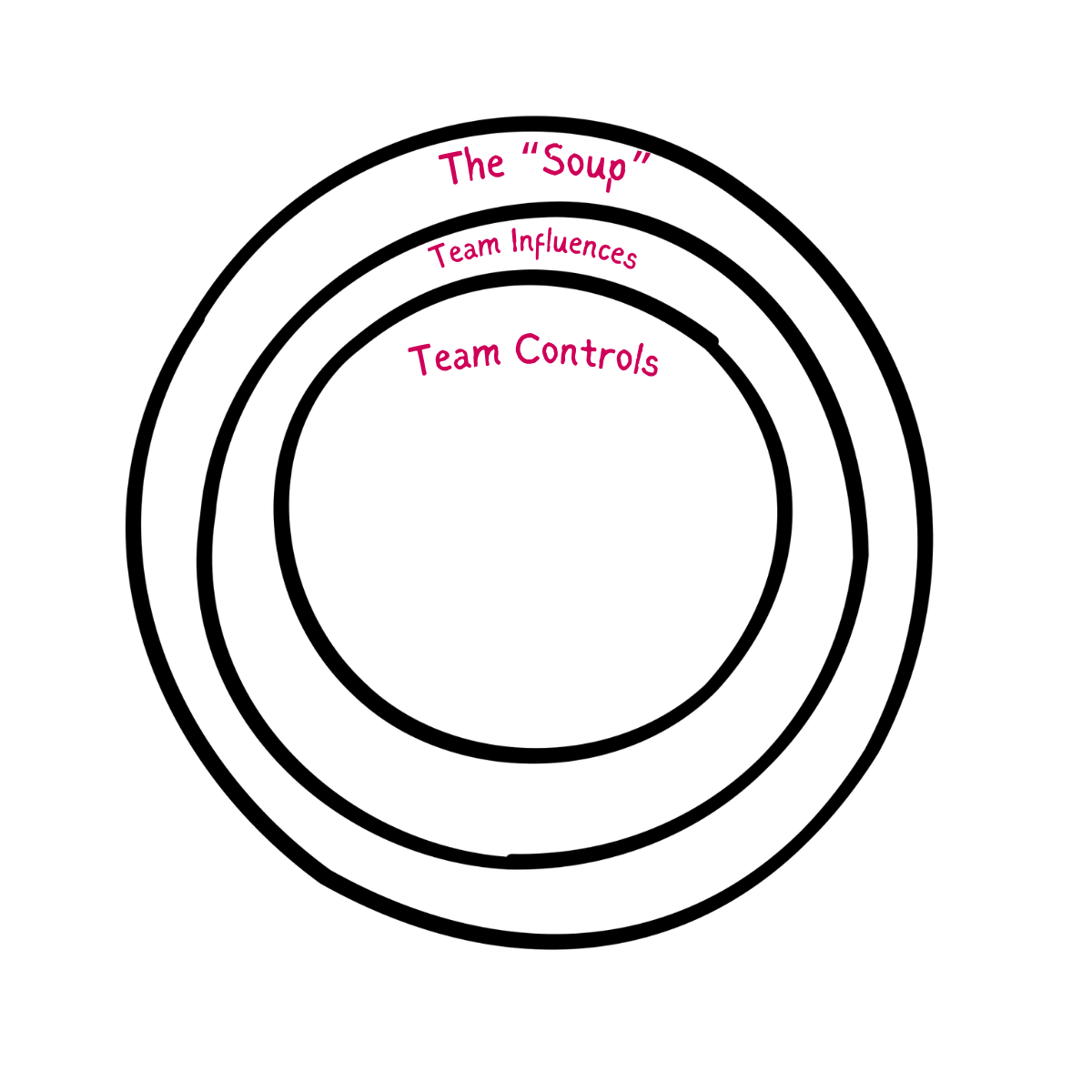Wow, is it the weekend already!
What a great time to sit back and listen in to our first Labs interview.
This month in the New Rules for Work Labs, we're exploring effective strategies for taming overwhelm at work. Today, we're thrilled to share the Circles and Soup technique with you. Developed by Diana Larsen and Esther Derby, it's one of the simplest, most adaptable, and powerful techniques we know for helping a team get unstuck.
Below, you'll find our interview with Diana, where she shares how she developed this technique and stories about how teams put this method into practice.
Meet Diana Larsen
We're excited to have Diana Larsen join us to delve into the nuances of Circles and Soup. Diana is an international authority in Agile software development, team leadership, and Agile transitions. For 20+ years, she led the practice area for Agile software development, leading & managing teams, and guiding Agile transitions at FutureWorks Consulting.
Tip: You can also find this and our upcoming interviews by subscribing to the New Rules for Work Labs on YouTube podcast.
Circles, Soup, and Beyond
Diana and Esther developed Circles and Soup by extending Steven Covey's Circles of Concern. We have, in turn, adapted Circles and Soup for situations outside of retrospectives.
This is a hallmark of a great collaboration technique: you'll find it used under many names in all kinds of situations.
Circles and Soup for Change Management
For example, in Elise's program on Designing Meeting Systems for Teams, leaders create a plan to optimize their business meetings. Transitioning from "we're overwhelmed by too many meetings" to an intentional meeting system is a big change. And if the team works in a larger organization, there's a good chance they don't "own" many of the meeting habits they hope to change.
Big changes can be overwhelming!
So, before the team decides on their next steps, they use Circles & Soup to map out which changes they can make directly versus those they'll need to campaign for. This gives leaders clear first steps by starting with their own meetings and strategies for spreading their new meeting habits with the people they influence.

There are lots of meeting changes each team can make on their own.
Circles and Soup + Waterline for Decision Rights
How are the decisions made for the work you do?
This is a more complicated discussion. When organizations lack clear decision-making processes, it’s hard to know where to start. One question involves which decisions the team owns versus those that are made in other parts of the organization, or by the market (aka the soup). Then, teams need to work out how they’ll collaborate on the decisions within their control.
The Waterline principle (another simple, brilliant concept) maps the low-risk decisions that can be made without much discussion above the waterline and the riskier decisions that should involve more input and rigor below the waterline.

Put those concepts together, and you get a diagram like this:

As they map decisions onto this combined image, teams can see which decisions they control and which ones deserve more rigor at the same time. This turns the overwhelming mission of “fixing decision-making” into a much more manageable task. Each team ends up developing a detailed process for just a handful of big decisions. The rest of the decisions are either low-risk enough that they can use a simple process, or owned by other teams.
Elise had a client who took it one step further. They needed to resolve a long-running dispute between the global marketing team and the regional marketing groups about who made decisions related to new product launches. Previous attempts to resolve these questions began with competing PowerPoint presentations and then quickly devolved into speeches and finger-pointing. The issue was considered too complicated and political to be resolved.
Then, one of the leaders participated in a decision-rights discussion where they were introduced to the Circles and Soup + Waterline technique. They were inspired, so they called the global and regional marketing leads together. As a first step, representatives from global and regional marketing mapped all the decisions onto the combined circles and soup + waterline diagram. But first, they added a line down the middle to separate the decisions made at the global level from those made by the regional marketing teams.

Using this simple diagram, they were able to narrow down their points of contention to a handful of decisions. It turned out that they actually agreed on what the process should be for 90% of the decisions on their list.
Minimal Valuable = Simple AND Adaptable
This is the third Minimal Valuable Collaboration technique we've shared. Like the Collaborative Map in our previous article, this technique is easy to use, quick to run, applies to any team, and works well for a wide array of use cases.
Critically, once people in your organization learn how to use it (which takes 5 minutes), they can and will adapt it on their own, just like Elise's clients do.
That's what makes this work so fascinating.
It turns out that excellent team collaboration is much simpler to achieve than what's taught and wondrously more complex than is dreamt of.
By using a handful of MVC techniques like this one, leaders can welcome messy questions and discover useful answers. We're so grateful to Diana for introducing us to Circles and Soup and sharing her stories with us here.
MVC: How To Use Circles and Soup
Draw three concentric circles, representing varying levels of control: Direct control, Influence, and External Factors—or 'The Soup.'

Create a note for all the things you're working through.
Decide as a team where to place each item.
Decide what to do next.
By categorizing what's overwhelming them into these circles, teams gain clarity on what they can control and where they need to use other strategies.
Things you Own:
Take direct action. You got this!Things you can Influence:
Figure out who owns these items and how to work with them.Things in the Soup:
Decide how you will react to minimize negative impacts and maximize opportunities.
See more details and tips in the download.
We started this series by exploring what it means when someone says they're Overwhelmed at Work.
Then, we shared two MVCs for taming the overwhelm: the Collaborative Map and today's Circles and Soup
Next, we’ll talk to Bob Sutton and Rebecca Hinds about their research on how to combat meeting overload and collaboration tool fatigue in large organizations
Did you find this useful? Know someone else who might enjoy it?
Please forward, share, subscribe, and help us spread the word. Thank you!